Extreme weather is slamming crops across the globe, bringing with it the threat of further food inflation at a time when costs are already hovering near the highest in a decade and when hunger is on the rise...
Bloomberg provides the below 'Emerging Market Food Vulnerability Scorecard' graphic:
No other industry is more at the mercy of sun, rain, heat and cold than agriculture, where changes in the weather can upend a farmer's fortunes overnight.
It's also an industry that's become extremely globalized and concentrated, creating a precarious situation where an extreme weather event in one place is bound to have ripples everywhere.
This year though, as the Grand Solar Minimum fully kicks into gear, extreme weather events are hitting multiple regions simultaneously — from ravaging frosts in South America, to a 'year without a spring' in Europe, to historic flooding across China; one result of which has been the Food Price Index from the UN's Food and Agriculture Organization rising 34% year on year.
Nothing good comes from large-scale shortages, only struggles, famines, and wars...
People need to end their dependence on this failing system.
Food rationing is already being proposed (even across developed western nations, such as the UK).
Growing your own is the best insurance policy.
Start today.
BRAZIL'S SECOND CORN CROP RATED A "DISASTER"
Brazil's second-corn crop was hit hard by frost during the final days of June and into of July.
Dr. Michael Cordonnier, President of Soybean and Corn Advisor Inc., said Brazil hadn't been that cold in decades, as the coldest conditions on record swept some growing regions.
"Depending on where you're at, it either really hurt the corn bad or killed it completely," continued Dr. Cordonnier.
"In fact, I was just watching some farm shows from Brazil on TV, and they showed cornfields in northern Parana, and they were completely brown like they're ready for harvest, but it was because they were killed by frost.
"And the crop was about five feet tall, short and stunted, because they had a drought, and the ears were short and stubby, and the kernels were like milk stage, or early dough stage."
He says the second-corn crop got planted later than it ever had before, was hurt by a historic drought in south-central Brazil, and by an early frost, including another round of frost this week.
Dr. Cordonnier said this would be comparable to a mid-summer frost for U.S. corn farmers.
"It's just devastating for the crop. I have the crop now at 88 million tons. My numbers are going to go lower next week, for sure, because of the most recent frost."
Brazil has gone from a corn exporter to importing a lot of corn, said Cordonnier.
"They've imported about a million tons of corn, and they are importing a lot more, saying we're gonna be out of corn. There just won't be any corn for the livestock industry."
Brazil usually picks up the slack if U.S. crops struggle; this year though, the U.S. has no fallback.
COFFEE PRICES SURGE
Staying in Brazil, the record cold is also threatening the nation's coffee production.
Arabica coffee prices rose 10% more on Monday, after jumping nearly 20% last week, to their highest in nearly seven years:
Coffee prices 'on the ground' in Brazil have jumped from 400 reais ($77.30) per 60-kg bag in December to around 800 reais this month, but there are estimates for further increases ahead to around 1.000 reais, and beyond.
The historic freezes have destroyed field upon field along the main Brazilian coffee belt.
Coffee trees are extremely sensitive to frost, which can cause severe damage and even kill trees completely.
If a farm needs to replant trees, it would take around three years to get production back up and running.
"This marks the first time since 1994 that the country has experienced such a weather event," coffee trader I & M Smith said in a market update, referring to the record frosts on July 20 (1994 was during the descent into solar minimum of cycle 22).
Looking ahead, another mass of polar air is forecast to move up and over the same areas later this week — the third strong cold front to hit South American crops in the past month-or so.
This could be the final nail in the coffin for the continent's corn, coffee and citrus crops.
It gives no opportunity (time) for recovery.
"There's no other country in the world that has that kind of influence on the world market conditions — what happens in Brazil affects everyone," said Michael Sheridan, director of sourcing and shared value at Intelligentsia Coffee, a Chicago-based roaster and retailer.
FRENCH WHEAT CROP RATINGS FALL FURTHER
Many are quick to forget, but Europe went through something of a 'year without a spring' in 2021; the impacts from which are now being felt across the continent's growing regions.
The historically low solar activity earth has been receiving prolonged winter this year, exactly as forecast by a Grand Solar Minimum.
Our cooling planet is delaying planting and lowering yields — it is making life all-round miserable for growers; but more than that, it is disrupting global food supplies, which is a worry for all of us.
The condition of French soft wheat worsened again last week, while wet weather prevented any acceleration of the harvest, keeping it well behind the same stage of last season, farm office FranceAgriMer has said.
France, the European Union's largest grain grower, was expecting to register a rebound in wheat production following a woeful 2020 crop; however, a frosty start to summer combined with heavy rainfall has raised concern about late losses to yields and a deterioration in grain quality (which determines wheat's suitability for milling).
Consultancy Strategie Grains cut its estimate for France's 2021 soft wheat harvest last week after a crop tour showed lower than expected yields in the northeastern grain basket. It said the overall quality of the harvest was also disappointing, and expected the wheat to show poor milling criteria this year, reports nasdaq.com.
This could be because of a cold snap earlier in the season, said Strategie Grains crop analyst Vincent Braak.
'THE SKY HAS FALLEN': CHINESE FARMERS SEE LIVELIHOODS WASHED AWAY BY FLOODS
This was the headline run by channelnewsasia.com.
Henan province, famous for agriculture, and pork production in particular, was struck by heavy rains last week that sparked the worst flash flooding in centuries.
"In an instant, we now have no way of surviving. We have no other skills. We have no more money to raise pigs again," one small-time Henan pig farmer told Reuters on Sunday. "This is as if the sky has fallen."
Across Henan, rains have deluged 1,678 larger scale farms, too, killing more than a million animals in total.
Cloud cover is increasing across the planet as the Sun's magnetic field continues to weaken.
This weakening decreases the outward pressure of the solar wind and allows more cosmic rays to penetrate Earth's atmosphere.
Very briefly, Galactic Cosmic Rays are a mixture of high-energy photons and sub-atomic particles accelerated toward Earth by supernova explosions and other violent events in the cosmos. Solar Cosmic Rays are the same, though their source is the sun.
Both Galactic and Solar Cosmic rays hitting Earth's atmosphere create aerosols which in turn seed clouds (Svensmark et al) — this makes them a key component in our weather and climate.
Cosmic rays increase during times of low solar activity:
Many scientists, across a multitude of disciplines, have concluded that clouds play the most crucial role in Earth's climate.
These include Kauppinen & Malmi, Ueno et al, and Nikolov, to name just three.
Also, that quote from Dr. Roy Spencer again springs to mind:
"Clouds are the Earth's sunshade, and if cloud cover changes for any reason, you have global warming — or global cooling."
But more clouds bring more than just cooling, of course, localized precipitation also increases.
PRICES FOR YOUNG CATTLE ARE SOARING, SIGNALING EXPENSIVE BEEF
The young cattle market is signaling that pricey beef could be here to stay, reports bloomberg.com.
Feeder cattle are animals that have not yet been fattened on corn for slaughter in feedlots — futures for September delivery of these rose as high as the 3-cent exchange limit to $1.65525 a pound in Chicago, the highest since early 2016, with a climb higher-still a guarantee.
Harsh weather and high feed prices have helped the trend, with abnormal cold killing calves earlier this year, continues the bloomberg.com article. The recent drought and heatwave in the west have also forced cattlemen to send animals to slaughter earlier than usual.
The upshot is higher beef prices for consumers, who have already seen increases on burgers and steaks in the past year after supply chains chaos caused by COVID.
SUPPLY-CHAIN WOES COME TO SCHOOL CAFETERIAS
As recently reported by the WSJ, ahead of fall reopening, school districts are shrinking menu options as they face shortages of juice boxes, canned fruit, chicken tenders, and more...
Schools are struggling to secure food for student breakfasts and lunches ahead of classrooms' planned reopening in the fall.
Some cafeterias are cutting menu choices as food suppliers face labor shortages and transportation challenges that are adding costs and limiting supplies, says he MSM outlet which fails to cite lower production numbers as a cause (intentionally or otherwise).
Food distributors and school officials say they expect to run low on everything from canned fruit to chicken.
US SUPERMARKETS STOCKPILE UP TO 25% MORE SUPPLIES AS INFLATION IS PROJECTED TO WORSEN.
Another key ingredient in all this is inflation.
Supermarkets have begun stockpiling food as inflation is projected to rise to its highest level in 13 years, and worsen.
Retailers are now buying up to 25 percent more supplies than usual, ahead of the expected rise.
From May 2020 to May 2021, the price of bacon climbed 14% higher, while milk and oranges were up 8%, affecting the staple foods of many households.
Here's a simple graphic provided by the Bureau of Labor Statistics:
The recent rise in prices, from farm to store, and the need for stockpiles are due to several factors.
Supply chain problems are pushing up prices, while labor shortages are putting wage pressure on the food sector.
Transportation costs are also on the rise, with gas prices in May up 56% from a year ago.
Also, recent stimulus injections/packages are also, obviously, going to impact inflation.
And then you have the physical food production failures that I've documented above-which is by no means a comprehensive list btw, but one that still shows how extreme weather seems to be pounding EVERY key growing region of the globe.
This is a unique development, yet it was one fully expected by those who study the sun.
The historically low solar activity we've been receiving over the past 10-or-so years is impacting the jets streams, and the planet overall is cooling: the COLD TIMES are returning, the mid-latitudes are REFREEZING, in line with the great conjunction, historically low solar activity, cloud-nucleating Cosmic Rays, and a meridional jet stream flow (among other forcings).
Both NOAA and NASA appear to agree, if you read between the lines, with NOAA saying we're entering a 'full-blown' Grand Solar Minimum in the late-2020s, and NASA seeing this upcoming solar cycle (25) as "the weakest of the past 200 years", with the agency correlating previous solar shutdowns to prolonged periods of global cooling here.
Furthermore, we can't ignore the slew of new scientific papers stating the immense impact The Beaufort Gyre could have on the Gulf Stream, and therefore the climate overall.
Prepare accordingly — learn the facts, relocate if need be, and grow your own.
Social Media channels are restricting Electroverse's reach: Twitter are purging followers while Facebook are labeling posts as "false" and have slapped-on crippling page restrictions.
So, be sure to subscribe to receive new post notifications by email (the box is located in the sidebar >>> or scroll down if on mobile).
Please also consider disabling ad blockers for electroverse.net, if you use one.
And/or become a Patron, by clicking here: patreon.com/join/electroverse.
The site receives ZERO funding, and never has.
So any way you can, help us spread the message so others can survive and thrive in the coming times.
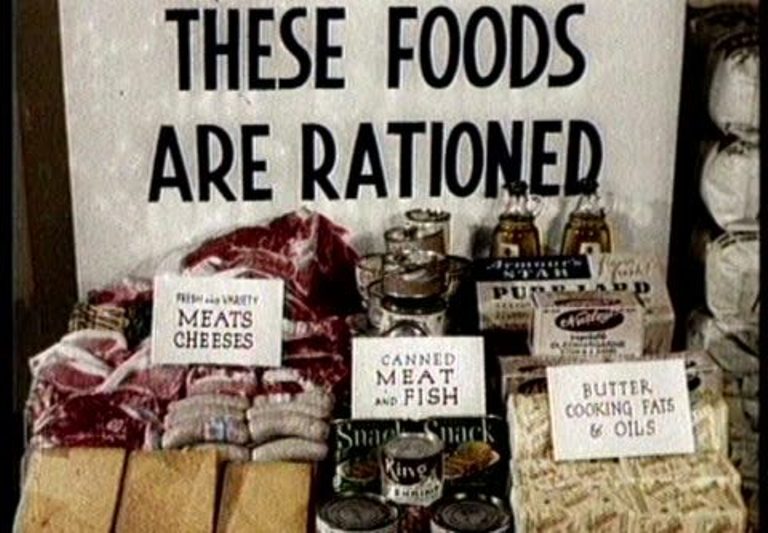
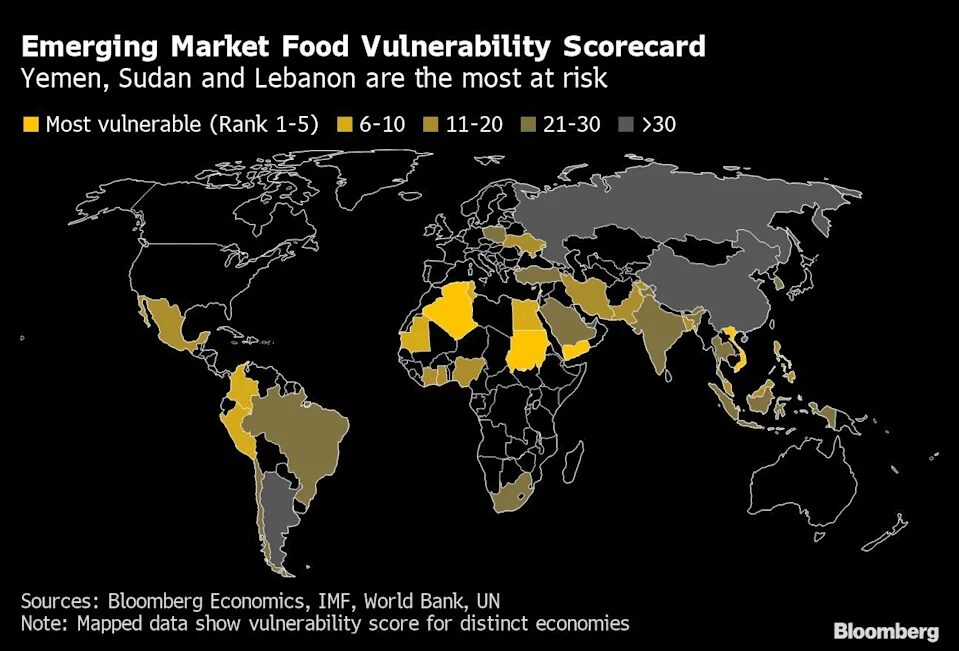
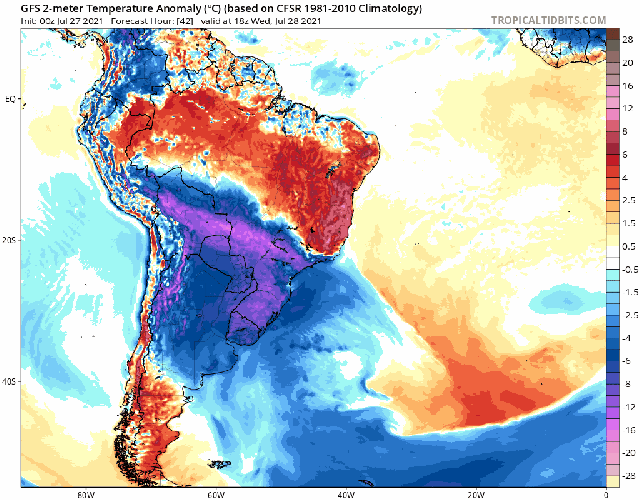
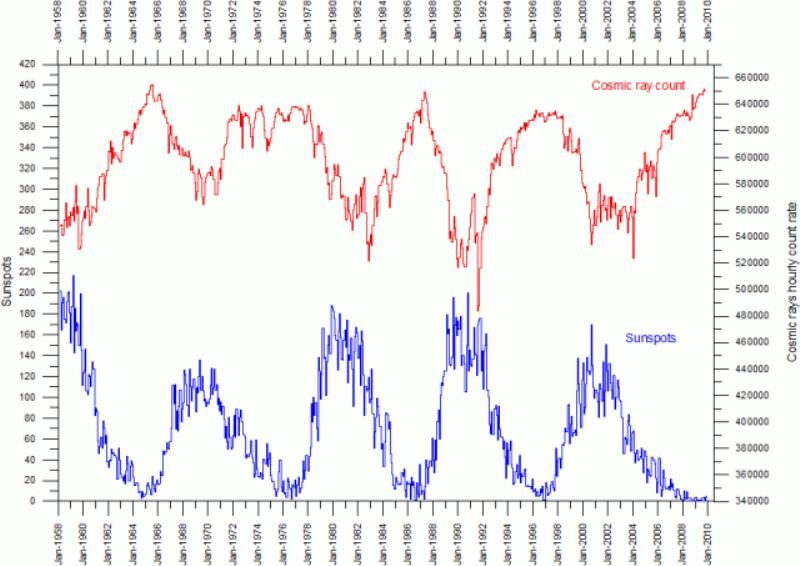
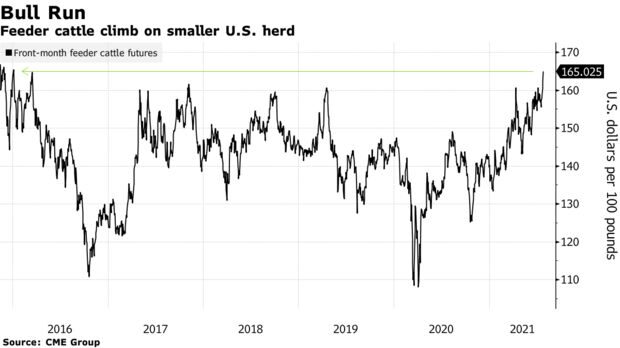

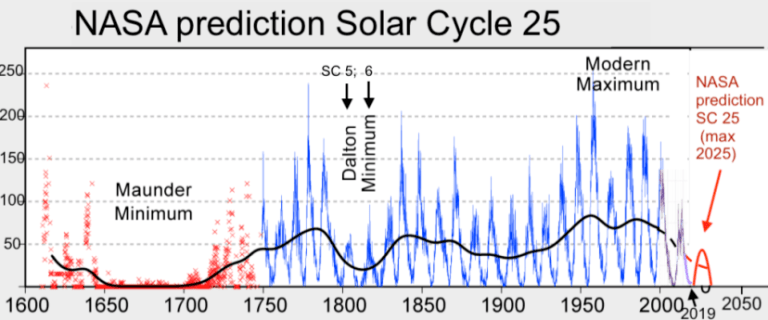
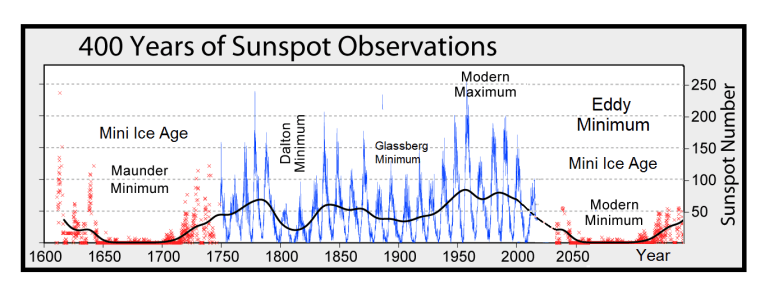



Comment: The coronavirus crisis, in addition to earth changes affecting crop growth, and the losing value of currency which is set to get much worse in Western nations in particular, have made the production, availability, purchasing and distribution of food - a MAJOR global issue the likes of which we haven't seen in generations.
See related articles: